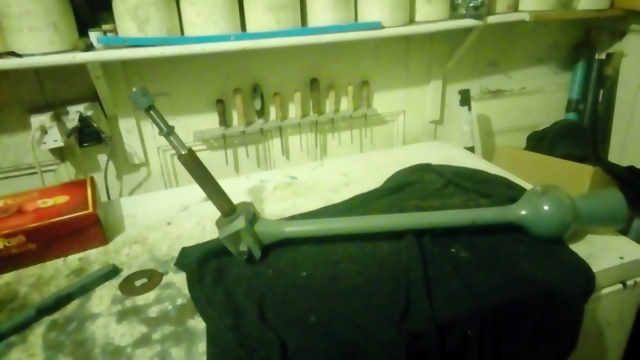ChrisB, trying to melt a whole cylinder head would take a long time. It is best to reduce it down to small pieces. An angle grinder is slow and will not cut big pieces. I have tried cutting large parts, wheels, with an angle grinder and used a large hammer on partly cut pieces. It is hard work.
Due to changing domestic circumstances I have had to use different approaches. When I first started casting I used to build a large wood bonfire and stack the wheels on top, as it reached melting temperature the aluminium would run out of the bottom of the fire and if you got to it before it cooled too much you could break it into small pieces with a hammer. This produced dirty material which I had to remelt in my furnace to cast clean ingots. This cost me nothing as I was using peat as fuel which I had obtained free.
When I had to start paying for fuel I used a different approach, I collected as much scrap wood as I could and built a fire in an oil drum that had a hole in the bottom and was perched on bricks. As the aluminium melted I placed a loaf tin under the hole to catch the molten metal and produced 3 kilo ingots. Too big but they were clean,
Nowadays I live in a home closely surrounded by neighbours, I collect small pieces of aluminium that will fit into my crucible. I find it very restrictive.
As for casting blocks for machining I use bean cans, old tobacco tins or anything that is near to the size that I need. I do open topped castings, I am not looking for precision. Yes, it takes longer to machine it to size but hobby time is free.
Edited By norman valentine on 25/08/2020 19:19:02
grimme.









